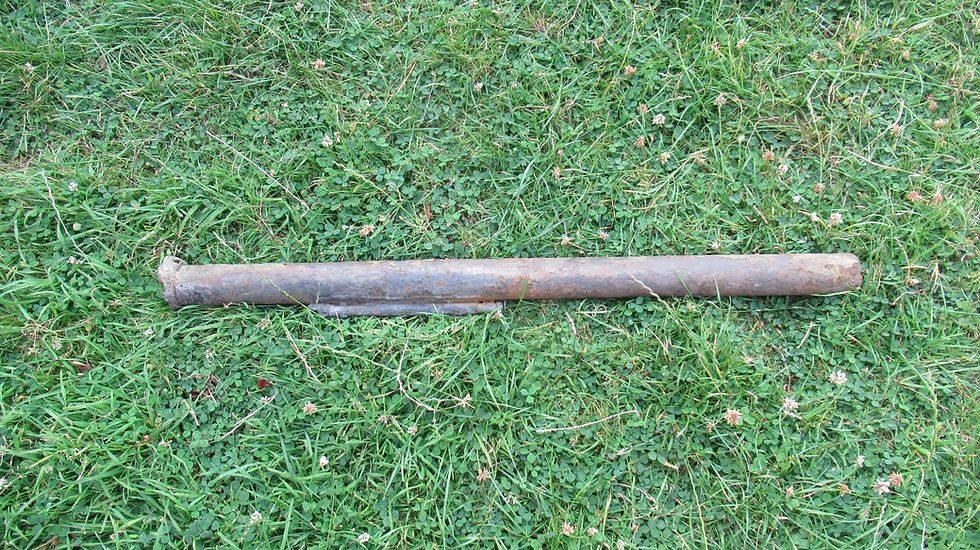Back to Museum
13 May 2024
Panzerfaust 30 Klein Military
The Panzerfaust 30 klein was a German anti-tank weapon used during World War II. Developed in 1943, it was designed as a single-shot, disposable weapon that infantry soldiers could use to effectively engage armored vehicles, including tanks. The "30" in its name referred to the effective range of 30 meters, which indicated the optimal distance at which the weapon could be fired to ensure accuracy and lethality.
The Panzerfaust consisted of a small, tube-shaped launcher that contained a propellant charge and a warhead. The warhead was a shaped charge, capable of penetrating significant armor thickness, which made it a formidable tool against allied tanks. Its design was simple and inexpensive, allowing for mass production and widespread distribution among German forces.
The Panzerfaust 30 klein was part of a larger family of Panzerfaust weapons, with later models having greater range and larger warheads. The weapon's simplicity meant that it required minimal training to use, and its effectiveness made it a key component of German anti-tank tactics during the later stages of the war. Despite its short range, which exposed the user to enemy fire, the Panzerfaust was highly respected by both its users and opponents for its tank-killing capabilities.





